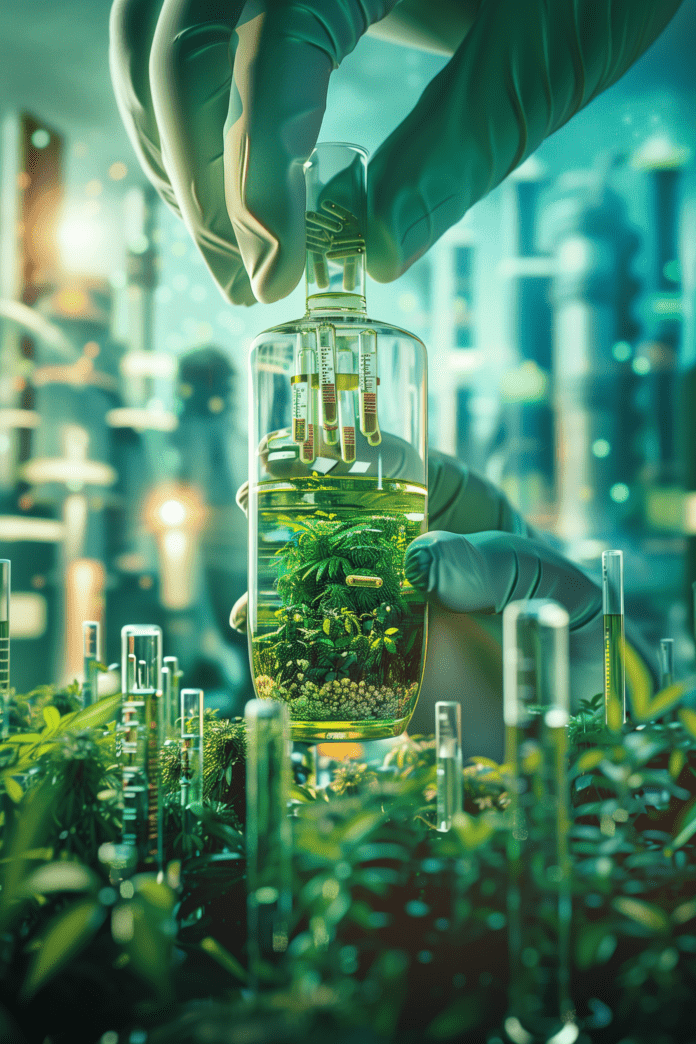Although the impact of medicines on the environment has been highlighted since the 1970s with the emergence of the first reports of pollution in surface waters, it is only since the beginning of the 2000s that specific regulatory interventions have been conceived promoting the identification of the different sources of pollution and determination of the possible actions to be taken.
From Era to the Green deal
The obligation to present the result of an environmental risk assessment of a medicinal product at the same time as the application for authorization to place it on the market was introduced only after the publication of the Era (Environmental risk assessment) guideline issued by EMA in 2006 which reports the guides criteria and describes a series of standard tests to be performed. However, this first regulatory act immediately highlighted its limitations as it was applied only to the marketing of medicines from that moment on, without considering the contribution of medicines with the same active ingredient and neglecting the evaluation of those already authorized and present on the market.
Over the following years, the problem of the environmental impact of medicines was addressed more extensively with the launch of some projects promoted by the European Commission in partnership with the European pharmaceutical industry (IMI: Chem21, iPiE and Premier) which investigated the characterization of environmental risks, with the identification of priority criteria to assign to interventions and the development of models and tools to measure the sustainability of manufacturing processes, in particular of active ingredients.
These important projects of recent years have been added to the initiatives undertaken at European level with the publication in 2020 of the new European pharmaceutical strategy which defines some specific objectives for the mitigation of the environmental impact of medicines which will be reflected in the imminent revision of European pharmaceutical legislation and which are part of the broader regulatory acts for the ecological transition envisaged by the European Green Deal.
Epig’s initiative
A gradual transformation of some processes and operational methods carried out by the European pharmaceutical industry is envisaged starting from the development of a new medicinal product up to its distribution and, similarly, adequate regulatory interventions will have to be envisaged on the management of the correct use and disposal of medicinal products as it is preponderant the environmental impact of this last phase of the life cycle of a medicine.
Although these changes involve all professionals working in the pharmaceutical industry, a key role is played by the industrial pharmacist who, due to his professional profile dictated by his university curriculum, possesses the fundamental knowledge bases to occupy positions in the industry different, covering the entire journey of a medicinal product from its conception and manufacturing as an active ingredient, to its development as a medicinal product and its distribution on the market.
In this perspective, EIPG (European industrial pharmacists group), which represents the associations of industrial pharmacists of the various participating European countries at a European level, has started the preparation of a document which analyzes the main critical areas of the entire production process of a medicinal product and exposes its position regarding the interventions considered priorities in a perspective of changes that will lead to the inclusion of new operating methods, alternative material resources and will require new skills.
The impact of API production
A first critical area examined is the manufacturing of the active ingredient both for its impact as such on the environment and for the process applied to its manufacturing. The problem is particularly relevant for small molecules while it is substantially insignificant for large molecules and even less for products based on the use of cellular tissues or biological structures (ATMP). In fact, the fundamental parameters to consider are the environmental toxicity and biodegradability of the product. The problem is how to reconcile these two parameters with the chemical-physical and biopharmaceutical characteristics that an active ingredient must possess to be administered, absorbed and therefore carry out the desired pharmacological activity. The effort required in the design and screening phase of a new small molecule is the identification of a structural parameter that makes it more eco-friendly without compromising its purpose. Even if this criticality does not arise in the case of large molecules and Atmp, for these active ingredients the environmental impact may prevail due to the greater energy consumption attributable to the need for low temperature storage conditions.
As regards the production process of small molecules, which today still represent the largest percentage of active ingredients in development and on the market, it is essential to definitively introduce the application of the principles of Green Chemistry, as highlighted by the most recent studies ( IMI Premier Project). The prospect is that of a progressive change in the synthesis processes with the use of less toxic reagents and solvents that are entirely recyclable and reusable, in addition to the development of a synthesis route that allows the least number of operations, generating the less waste and maintaining the best possible efficiency. The growth of biocatalysis processes is desirable as is the introduction of more incisive treatments in the management of industrial waste to accentuate chemical degradation before their disposal into the eternal.
From the API to the finished product
A second large critical area where important changes are expected is the manufacturing processes of the medicine starting from the active ingredient up to its making available for distribution on the market. Also in this area it is possible to identify interventions to optimize the use of the resources used with particular reference to energy consumption and the use of water. These two parameters are already the subject of numerous studies for the development of new energy containment processes with the introduction of innovative plant solutions and further improvements are expected considering the benefits deriving from them in terms of efficiency and therefore costs.
Among the parameters closely linked to the medicinal product that show a significant environmental impact, attention must be paid to the packaging materials used in the pharmaceutical industry. A priority intervention must focus on certain widely used plastic materials which are difficult to dispose of and not recyclable, identifying alternative materials with the consequent need to study their compatibility with the medicine especially if used in direct contact and their impact on the stability profile of the same , as required by the reference standards. Other objectives should be the choice of secondary packaging materials that are easily recyclable by the end user as well as the reduction of their volume also favored by the digitalisation of the information materials related to them. The implementation of these interventions will require adaptations both of the packaging lines used in the pharmaceutical industry and of the alternative methods of product management in the transport and distribution phase, with a marked growth in studies for the reuse of packaging materials in line with principles of the circular economy.
Evaluate suppliers
The prospects of the expected changes in the path from the active ingredient to the medicine will have to be accompanied by an evaluation of the possibilities of intervening on the supply chain used by the pharmaceutical industry which involves suppliers of active ingredients, materials and medicines. The regulatory guidelines and commitments on actions to improve environmental sustainability will require a progressive review in the management and evaluation of suppliers based on their ability to apply the eco-sustainability criteria of their processes, favoring those who take this direction.
The analysis set out above and limited to the areas of greatest environmental criticality highlights the transformations expected in the pharmaceutical industry in the coming years with the implementation of the provisions that will progressively be adopted at European level. It is desirable that there is good coordination between environmental sustainability requirements and the need to adhere to pharmaceutical regulatory requirements in order to facilitate the implementation of changes. In fact, innovation will be the guiding criterion for the introduction of these changes and will therefore require maximum collaboration between all professionals in the sector.


